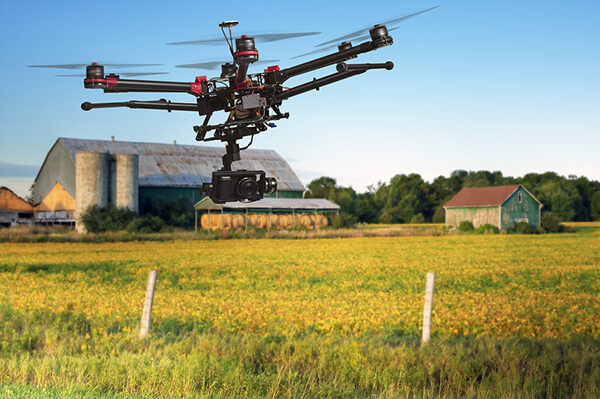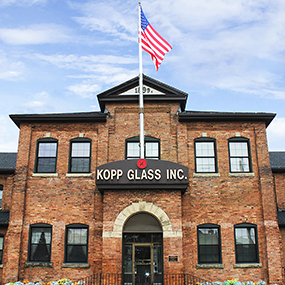Photonics West, the premier SPIE event for the optics and photonics industry, was held in San Francisco, California on February 15 through 18, 2016. During the week, 22,000 people attended more than 4,900 technical presentations, panel discussions, courses, and an exhibition where approximately 1,300 companies showcased their latest product offerings. It is clear that Photonics West is a valuable conference to those in the industry, as the attendance continues to grow each year.
The exhibition included companies from every level of the optics and photonics supply chain; material suppliers and fabricators, laser and LED manufacturers, optical system manufacturers, sensor and detector manufacturers, imaging systems, and design firms. As a member of the SPIE Corporate and Exhibitor Committee (CEC), I work with exhibiting companies to ensure that they receive the most value from participating in the Photonics West exhibition.
The conference schedule included valuable opportunities for networking, learning, and the sharing of ideas. Three events that I always find valuable to attend are the Photonics Market Update, The Executive Perspectives on the World of Optics and Photonics Panel, and the SPIE Startup Challenge.
SPIE Market Analysis: Optics and Photonics Market
On Thursday, February 18, Stephen Anderson, Director, Industry Development at SPIE, presented SPIE’s updated analysis of the photonics industry. Stephen’s presentation built on SPIE’s previous market research and highlighted what has changed since their 2012 report.

As the demand for optics increases, the photonics industry will continue to grow, which is evidenced by the addition of 481 new companies to the market as of 2014. The largest and most rapid growth can be seen in Asia, where 305 new companies entered the market compared to just 80 in North America and 91 in Europe.

Stephen mentioned that these companies, along with existing players, are providing services and products to areas related to consumer and entertainment use, defense, security, law enforcement, general lighting, and biomedical applications. Of these areas, the majority of growth is coming from consumer and entertainment applications, where micro-optics are predominately being used for smartphones and video game consoles, such as Xbox.
Other high growth areas for optics include authentication and anti-counterfeiting detection instrumentation for food, beverages, and pharmaceutical products. Optics are also being incorporated into devices like spectrometers, which are used for earth observation applications such as agricultural crop monitoring and air quality measurements.
Executive Perspectives on the World of Optics and Photonics
Industry leaders shared their views on the current state of the optics and photonics industry during the Executive Perspectives on the World of Optics and Photonics panel. Members of this year’s panel included executives from Edmund Optics, Infinera, TRUMPF North America, JENOPTIK, and Lumentum. Each panelist offered their personal insight into the important role of photonics in the world today and how it is affected by an ever-changing business landscape.
The panelists discussed the fact that despite the current economic slowdown, there is still a need for improved telecommunication networks, as well as a continual demand for more bandwidth. Optics are expected to continue to play a role in applications for security and traffic guidance systems.
Other topics that were covered during the discussion included 3D manufacturing, the growing need for a labor market that can provide highly skilled employees with optics backgrounds, and interest in what can be done to attract optics companies to countries that do not yet have a dominant role in the optics and photonics market.
SPIE Startup Challenge
The SPIE Startup Challenge is an exciting event that encourages and supports entrepreneurship in the optics and photonics community. The event offers startups the opportunity to showcase their product while getting the chance to win $10,000.00 in cash from founding Challenge partner, Jenoptik, and $5,000.00 in equipment from Edmund Optics. This year’s contestants pitched products that included, an early–stage malaria diagnostic tool, a roadside marijuana breathalyzer, blood pressure monitors for liver transplant patients, and a camera system for agricultural monitoring.
The first-place winner of the competition was Double Helix, whose 3D nanoscale imaging system can image at the single-molecule level inside individual cells.
During her pitch, co-founder Leslie Kimerling explained to the panel of judges how her product could be used to shorten the drug development process. The system provides unprecedented imaging detail that helps researchers verify and validate drug efficacy earlier than previously possible.
It is always encouraging to see companies develop photonics-enabled solutions for some of society’s biggest challenges. If you’d like to learn more about the event and the technologies shared, read SPIE’s article about the competition.
SPIE Fosters Optics and Photonics Awareness and Growth Opportunities
Founded in 1955, SPIE (The International Society for Optics and Photonics), a not-for-profit professional society, has been creating awareness, facilitating the growth of optics and photonics, and providing resources for those involved in the community.
During a typical year, SPIE produces more than 20 events, which is an impressive feat. These events allow for scientists, manufacturers, and leading experts in the areas of LEDs, lasers, and optics to connect with one another to discuss and share relevant insights regarding their work in the optics and photonics field. Attendees also have the opportunity to learn about new technologies, evaluate new products, seek out sources for their product needs, meet clients and potential vendors, and gain an understanding of the ever-changing optics and photonics industry.
SPIE brings awareness that employment opportunities in the optics and photonics industry exist and is an area that continues to grow. It is essential to maintain this momentum and continue to create awareness at both the grade school and high school levels about current and future career opportunities. We need a pipeline of bright minds dedicated to photonics if we want to see our society’s future enriched by light-based technologies.


